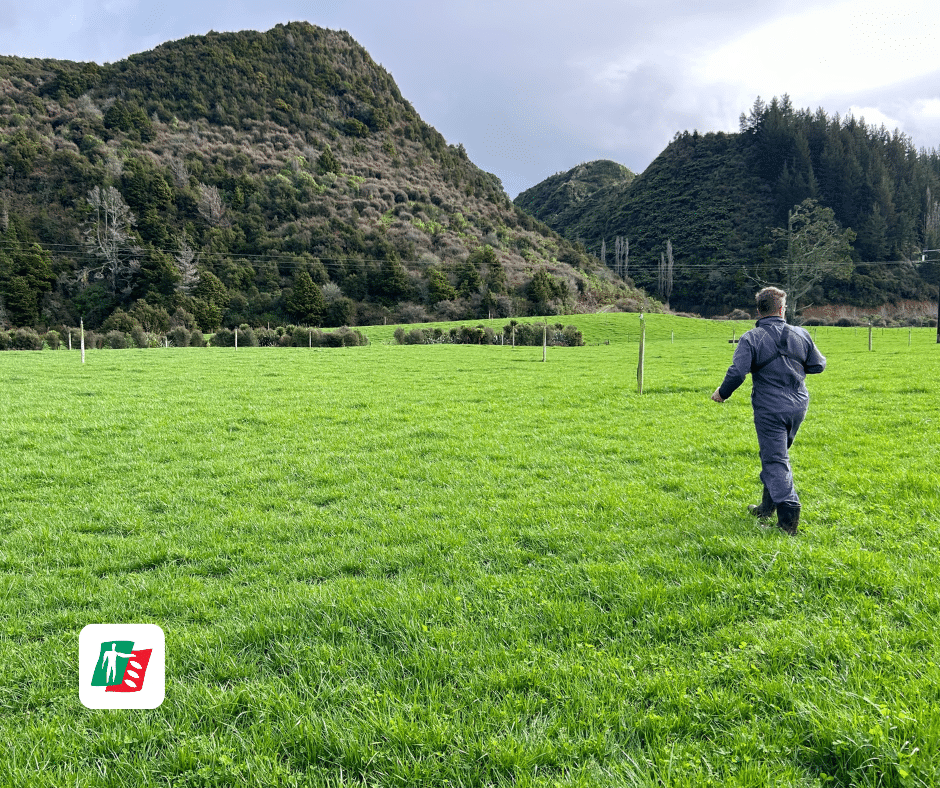Reducing Synthetic Nitrogen Use with RGT Nouga Tall Fescue and Legume Paddocks
RGT Nouga Tall Fescue is proving to be a game-changer for farmers. This early spring grass, known for its exceptional heat and pest tolerance, is emerging as a superior alternative to traditional ryegrass. Historically, managing grazing with Tall Fescue has been challenging, especially during late spring. However, RGT Nouga addresses this with its remarkably soft leaves and high digestibility, making grazing management simpler and more efficient.
Another significant benefit of RGT Nouga is its compatibility with legumes. It often supports a 20-30% legume content in the pasture, which enhances the natural nitrogen contribution from the environment. This reduces the need for synthetic nitrogen applications, such as urea.
Moreover, the increased legume content boosts digestibility, leading to higher milk yields. Farmers are already observing a rise in milk production compared to their ryegrass pastures, effectively generating more milk with less applied nitrogen. This creates a win-win situation for both productivity and sustainability.



